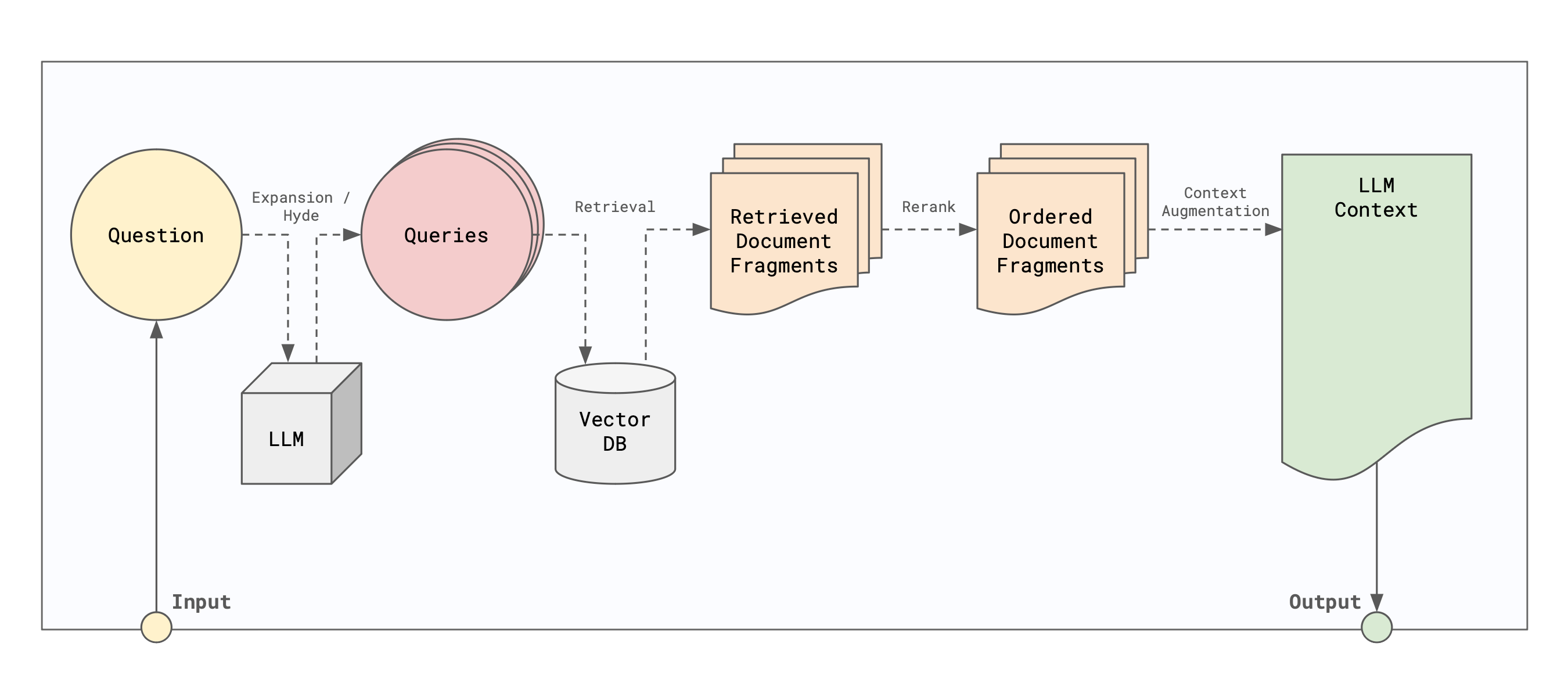· Dave Brewster (dave@augustdata.ai) · agentmachine · 6 min read
Agent Machine, Agent Operating System, and Bears, Oh My!
Learn the real power of Eidolon.

By far the most powerful concept in Eidolon is the Agent Operating System. Just like an OS on a physical computer, the AgentOS is responsible for managing the resources of the Agent Machine including memory, running agent instances (processes in our vernacular), and managing communication.
The Agent Machine is a conceptual virtual computer. It runs as a single process. It is packaged as a single container. A mention of “process” below is a virtual process running on the Agent Machine. The Agent Machine does not run multiple processes in the traditional sense.
In this post I hope to show the full power of the Agent Machine and AgentOS. Let’s first start with the Agent Machine abstraction.
Agent Machine
You can think of the Agent Machine as a virtual computer that can run multiple agents. Each agent has its own memory space and can run independently of other agents. The Agent Machine is responsible for managing the resources of the agents, including memory, the APU, and communication of a single agent and mult-agent communication.
Furthermore, the Agent Machine itself also has memory defined on it. This memory comes in three forms:
- File Memory: A basic file “device” that can be used to store data. Users of the AgentOS have access to a “root” file system as well as a “per process” file system. The process file system allows files to be stored in a way that is only accessible to the process that created the file. Furthermore, the data is deleted when the process is deleted. Whereas the “root” file system is not associated with anything and is up to the user to manage the storage and scope.
- Semantic Memory: A document storage device used to store information that is “queryable” in some way. Internally, this memory is used to store any information associated with a process, keyed off of process_id, as well as any other state that needs to be stored. For example, LLM memory (keyed by process_id, thread_id), output events (keyed by process_id and thread_id), and multi-agent communication is stored in Semantic Memory.
- Similarity Memory: This memory is used to store information that can be looked up using an embedding. Typically, the implemenation of this memory is a vector database. An embedding engine is also needed along with Similarity Memory. This too is a pluggable component.
All memory devices, or components, are pluggable and there are multiple implementations available in Eidolon. For instance, there is a local file memory, a local semantic memory, and a local similarity memory via Chroma. These are primarily used for development and testing. However, there are also cloud-based memory devices available, such as S3, DynamoDB.
Shameless plug: Eidolon is ALWAYS looking for help building out more components, so if you are interested, please reach out!
The Agent Machine also has a communication layer that is responsible for exposing resources on the Agent Machine, like memory and files, as well as the agents themselves to the outside world. This is done via a REST API that is exposed by the Agent Machine. All API’s are exposed via an OpenAPI json document and, therefore, all resource and agent object definitions are available in JSON schema.
There can be multiple Agent Machines active at any given time and they can all reference each other. For example, you could have an Agent Machine running in Amazon near some data stored in S3 (say for a RAG use case), and another Agent Machine running in Azure near some data stored in Azure Blob Storage (say for a LLM use case). These two Agent Machines could communicate with each other via the REST API and are able to autonomously call agents on the other machine.
Agent Operating System
The AgentOS is responsible for managing the Agent Machine. This includes starting and stopping agents, managing memory, managing communication, and managing agent “processes” running on the machine. The AgentOS manages retrieving and storing IO for an agent, as well as managing the state of the agent. It’s kind of a big deal.
The public interface to the AgentOS is quite simple though:
class AgentOS: file_memory: FileMemory = ... symbolic_memory: SymbolicMemory = ... similarity_memory: SimilarityMemory = ... security_manager: SecurityManager = ... process_file_system: ProcessFileSystem = ...
@classmethod def get_resources(cls, kind: Type[T]) -> Dict[str, T]: ...
@classmethod def get_resource_raw(cls, kind: Type[T], name: str) -> Resource: ...
@classmethod def get_resource(cls, kind: Type[T], name: str, default=...) -> T: ...As you can see, the AgentOS provides access to the built-in resources on the machine, such as memory, security, and file systems, through static properties and methods on the class. As with everything in Eidolon, each one of these are exposed through a common interface, so that they can be swapped out for different implementations.
Everything in Eidolon is pluggable, well except for the AgentOS itself…
Putting it all together
Let’s put it all together with an example “request” to the Agent Machine. Let’s say we have a user that wants to run a new request to an agent. Let’s walk through the steps:
- The user calls the REST API on the Agent Machine to create a new process (i.e. allocate resources for a new agent instance).
- The Agent OS:
- Creates a new process and assigns it a process_id.
- Set’s the state for the agent to “initailized” and stores it in Semantic Memory.
- Returns the process_id to the user.
- The user then calls an action on the agent giving it the process_id and any data needed to run the action.
- The Agent OS:
- Retrieves the state of the agent from Semantic Memory.
- Validates the current state of the agent process matches one of the legal states of the action.
- Sets the state of the agent to “running” (for concurrency purposes).
- Calls the action on the agent.
- Streams the output back to the user, and stores the output in Semantic Memory, as the agent outputs events.
- Once the agent process is done, the state is set to the state returned by the agent and stored in Semantic Memory.
- A “success” event (or error depending on what happened) is stored in Semantic Memory and returned to the user.
- The user the processes the output events.
Conversations, whether between a human and an agent or between two agents, follows this same pattern.
The cool part about this process is that the user doesn’t need to know anything about the underlying implementation of the Agent Machine freeing them up to focus on the task at hand. The Agent Machine and AgentOS handle all the heavy lifting.
Conclusion
The Agent Machine and AgentOS are the most powerful concepts in Eidolon. They allow for the creation of complex multi-agent systems that can run autonomously. The Agent Machine is responsible for managing the resources of the agents, including memory, APU, and communication of a single agent and multi-agent communication. The AgentOS is responsible for managing the Agent Machine. This includes starting and stopping agents, managing memory, managing communication, and managing agent “processes” running on the machine.




